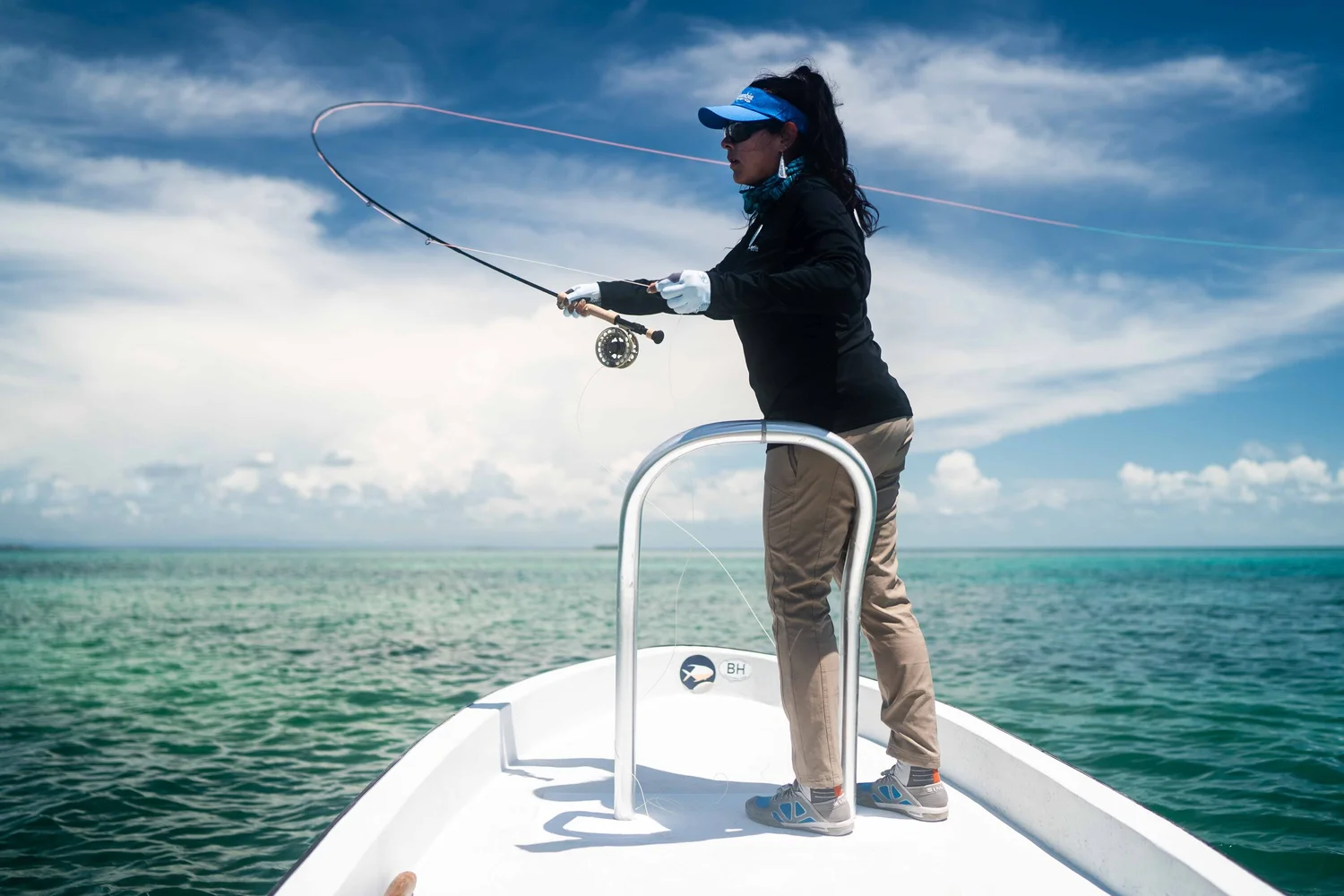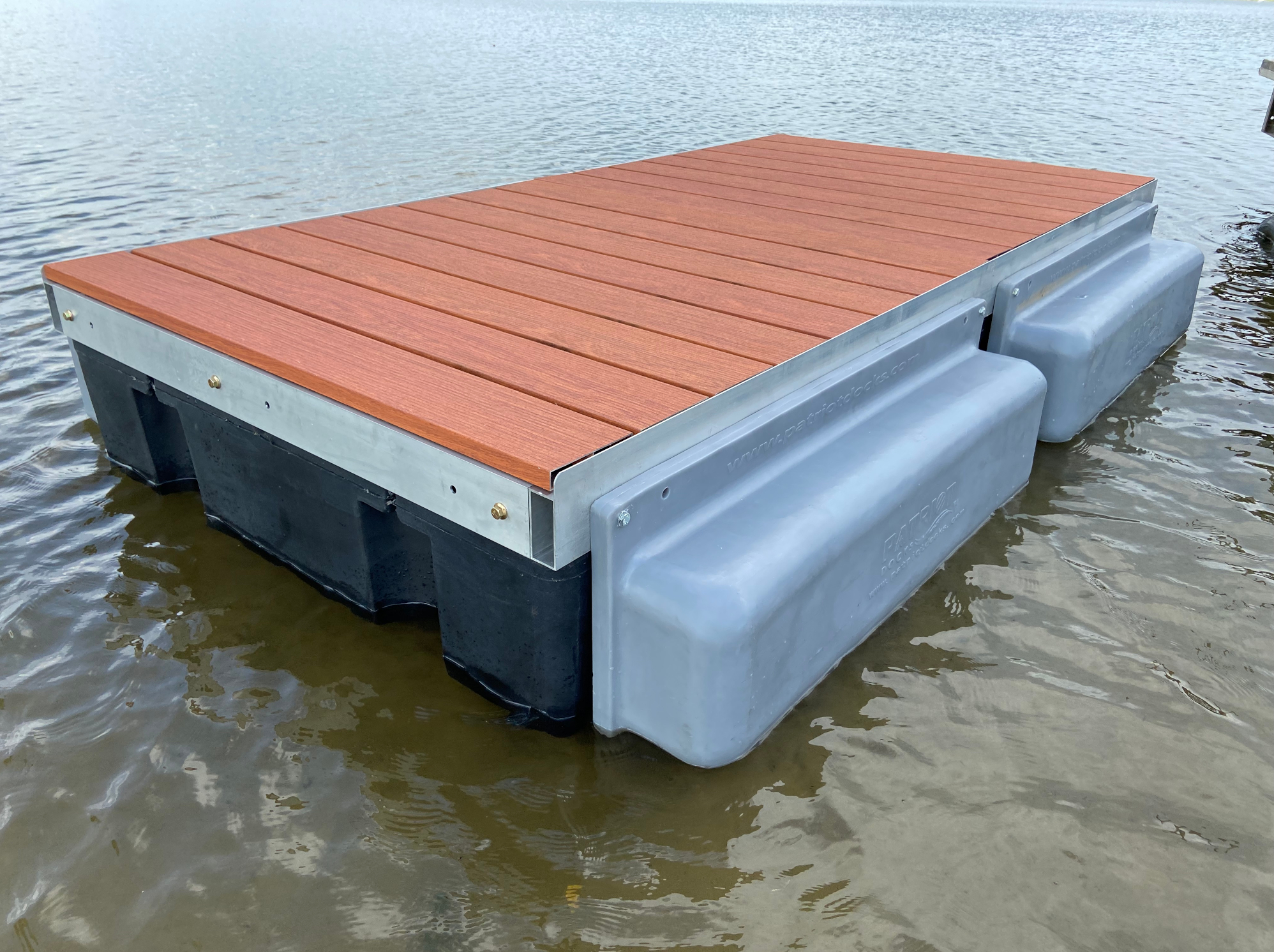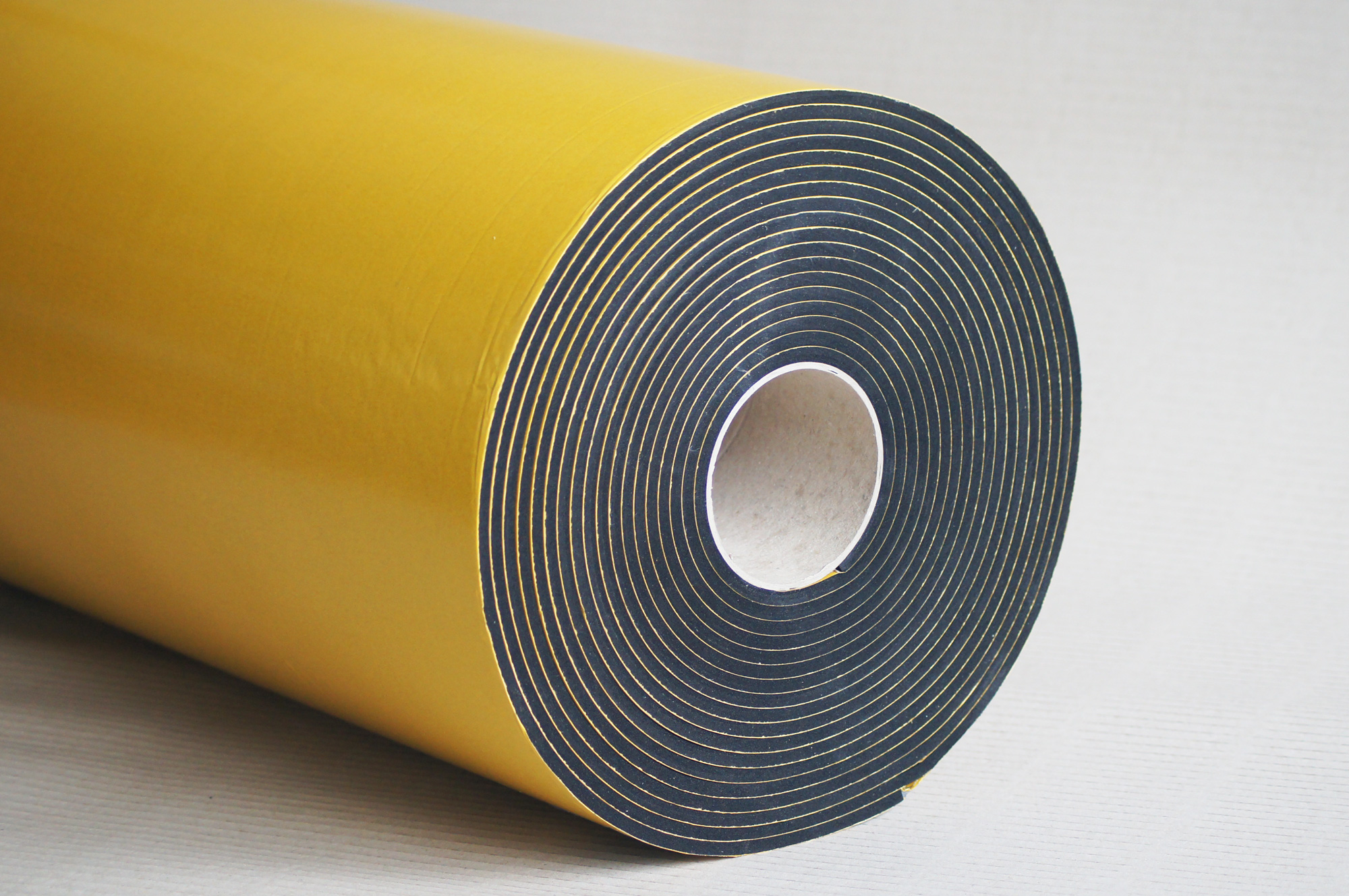Saltwater fishing offers a thrilling challenge for anglers of all skill levels, but when it comes to landing trophy-sized fish, skill and technique matter just as much as luck. Saltwater fly fishing demands precision, patience, and a deep understanding of the environment. By mastering the right techniques, you can significantly improve your chances of hooking and landing those bigger catches that every angler dreams of. This guide will cover proven strategies, from perfecting your cast to choosing the right gear, so you can step up your game and make every trip more successful.
Understanding the Challenges of Saltwater Fly Fishing
Saltwater environments are unpredictable, and the fish you target are often stronger and more aggressive than their freshwater counterparts. Wind conditions, tides, and currents can all influence your success. Additionally, saltwater species often require longer casts and precise presentations to avoid spooking them. These challenges make mastering technique even more important if you want consistent results.
Choosing the Right Fly Fishing Gear for Saltwater Success
Before you can execute advanced techniques, you need the right tools. Saltwater gear differs from freshwater setups in both durability and performance.
Selecting the Proper Rod and Reel
For most saltwater species, an 8- to 12-weight rod is recommended, depending on the size of the fish and the conditions. Pair it with a saltwater-specific reel featuring a sealed drag system to handle corrosive saltwater and the powerful runs of large fish.
Picking the Best Fly Line
A weight-forward floating line is versatile for many situations, but for deeper waters or fast-moving currents, a sinking or intermediate line can help you reach the strike zone faster.
Essential Flies for Saltwater Targets
Patterns like Clouser Minnows, Deceivers, and Crab imitations are must-haves in any saltwater fly box. Match the size and color of your flies to the local baitfish for the best results.
Mastering Saltwater Fly Casting Techniques
Casting is the backbone of saltwater fly fishing. Without proper casting, even the best fly selection won’t lead to big catches.
Double Haul Casting for Distance and Accuracy
The double haul is a must-learn technique for saltwater anglers. This casting style increases line speed, allowing you to make longer casts into the wind while maintaining accuracy. Practice your timing so you can deliver the fly exactly where the fish are feeding.
Quick Pick-Up and Lay-Down Casts
In saltwater situations, fish can appear suddenly, and you may need to cast within seconds. A quick pick-up and lay-down cast minimizes false casts, getting your fly into the water before the fish moves on.
Reading the Water and Spotting Fish
Big catches often come to those who know how to find the right spots. Understanding fish behavior and environmental cues can give you a significant advantage.
Using Tides to Your Advantage
Tides play a major role in saltwater fishing. Incoming tides often push baitfish toward shore, attracting predatory fish. Outgoing tides can concentrate fish in channels and drop-offs, making them easier to target.
Sight Fishing for Larger Species
Sight fishing is one of the most exciting ways to catch saltwater species. Polarized sunglasses help cut glare, allowing you to spot fish cruising flats or feeding in shallow water. Once spotted, present your fly ahead of the fish’s path for the best chance of a strike.
Retrieval Techniques to Entice Bigger Fish
Your retrieve can make or break a strike. Different species respond to different retrieval speeds and patterns.
Stripping Speed and Rhythm
Predatory saltwater fish often respond to fast, erratic strips that mimic a fleeing baitfish. For species like tarpon or bonefish, shorter, steady strips may be more effective. Experiment with speeds until you find what triggers a strike.
Pause and Drop Method
Some species can’t resist a fly that suddenly pauses and sinks, imitating an injured prey. Use this method when fishing over structure or near drop-offs where fish may be lurking.
Fighting and Landing Bigger Catches
Hooking a big fish is only half the battle; landing it requires skill and patience.
Using the Reel Instead of Stripping Line
When fighting large saltwater fish, rely on your reel’s drag system instead of stripping the line by hand. This helps prevent break-offs and gives you more control during long runs.
Applying Side Pressure
Instead of pulling straight back on the rod, apply side pressure to tire the fish faster. This technique can turn the fish’s head and help you steer it away from obstacles.
Common Mistakes to Avoid in Saltwater Fly Fishing
Even experienced anglers can make mistakes that cost them big catches. Avoid these pitfalls:
- Overcasting in Wind: Use proper form instead of overpowering your cast.
- Poor Line Management: Tangled line can ruin your shot at a big fish.
- Not Changing Flies: If a fly isn’t producing, switch patterns or colors.
Advanced Tips for Consistent Success
Once you’ve mastered the basics, these advanced strategies can take your game to the next level.
Match the Hatch in Saltwater
Just like in freshwater, observing the local forage can guide your fly selection. Pay attention to the size, color, and movement of baitfish, shrimp, or crabs in the area.
Practice in Real Conditions
Wind and current are constants in saltwater environments. Practice your casting and retrieval in similar conditions so you’re prepared when it matters most.
Final Thoughts
Bigger catches in saltwater fishing don’t just happen by chance—they result from preparation, technique, and adaptability. By refining your casting skills, learning to read the water, and experimenting with retrieval methods, you’ll dramatically increase your odds of success. Equip yourself with the right gear, stay observant, and never stop practicing. The next time you head out, you’ll be ready not just to catch fish, but to land the trophy-sized saltwater game you’ve been chasing.



